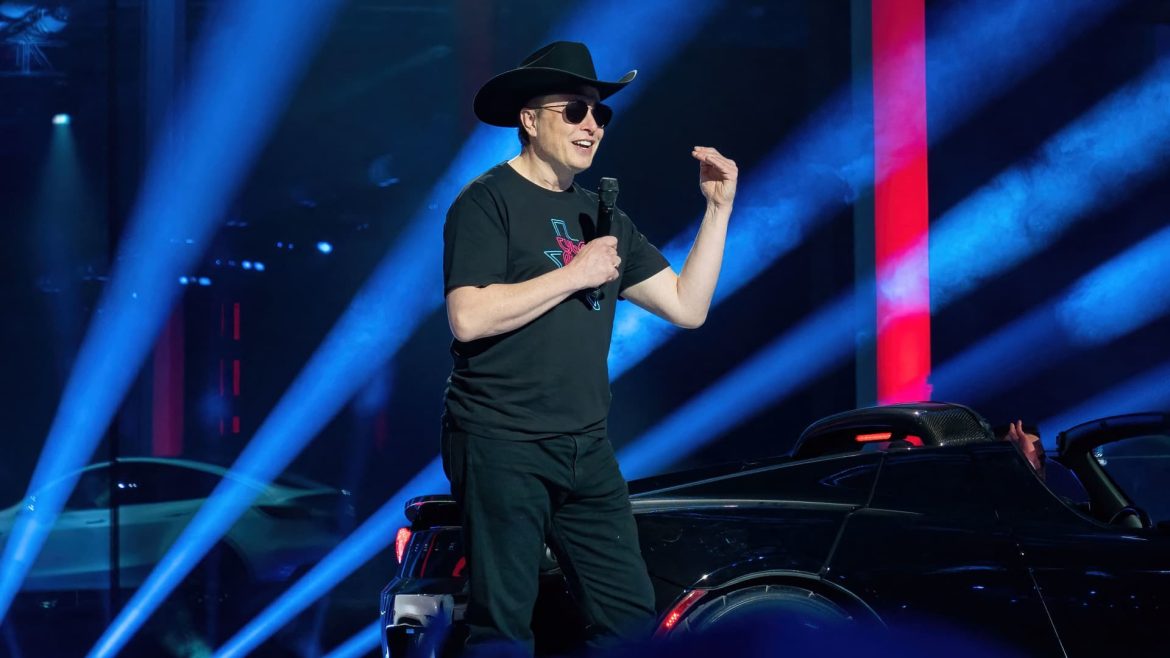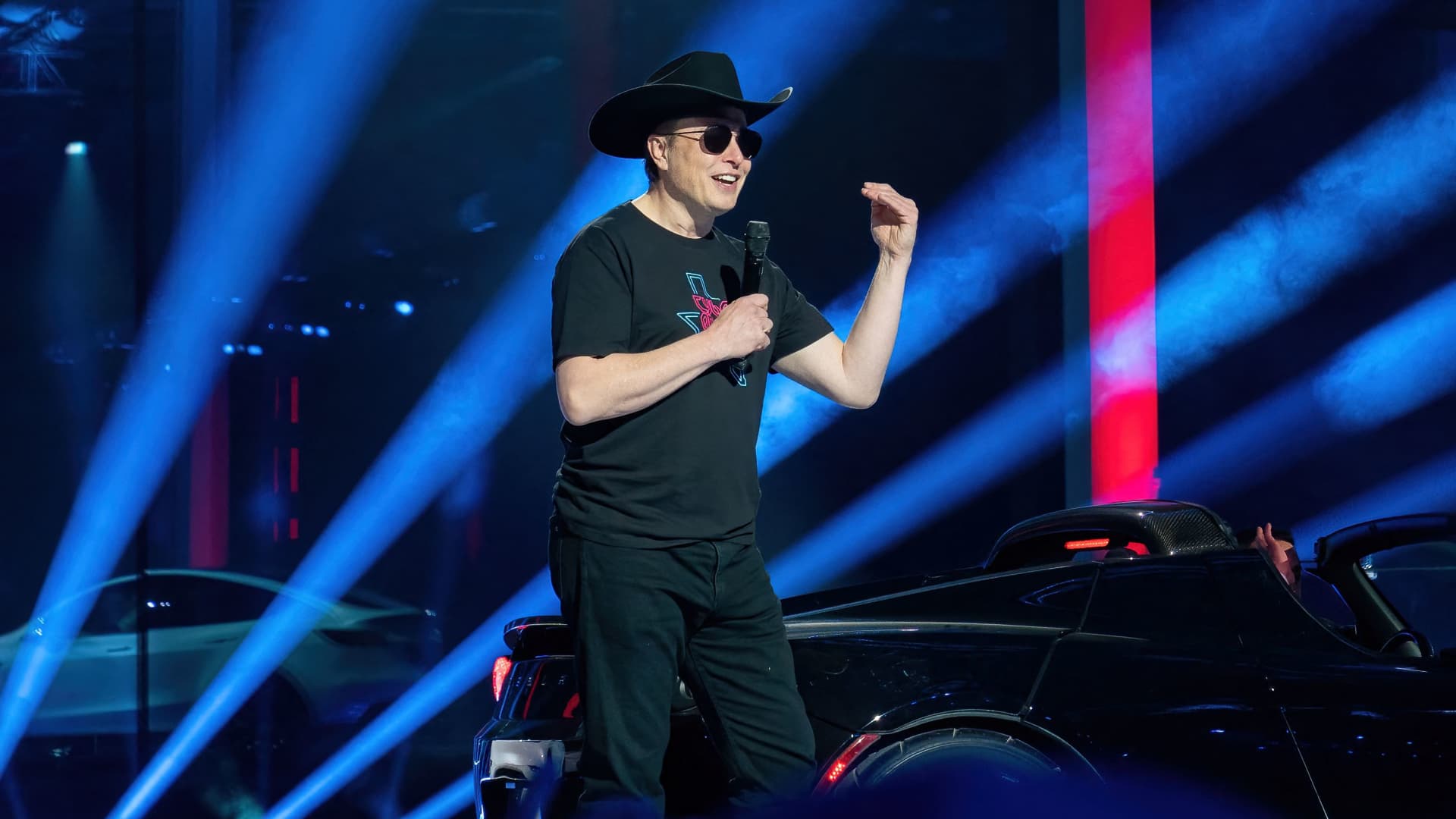Tesla’s Robotaxi Launch in Austin: A Bold Move Amid Challenges and Competition
===============================================================================
The imminent launch of Tesla’s robotaxi service in Austin, Texas, marks a significant milestone in the evolution of autonomous transportation. After years of anticipation and repeated delays, Tesla plans to initiate this service by mid-June 2025, with CEO Elon Musk confirming June 12 as the tentative launch date. This ambitious endeavor, which aims to revolutionize ride-hailing through self-driving electric vehicles, is unfolding amidst regulatory scrutiny, operational hurdles, and stiff competition, especially from tech giants advancing alternative autonomous driving technologies.
Setting the Stage: Why Austin?
——————————
Austin, Texas, serves as Tesla’s debut location for the robotaxi rollout for several strategic reasons. Known as a growing tech hub with a supportive environment for innovation, Austin offers a favorable ecosystem for testing and deploying autonomous vehicle technologies. Coupled with Tesla’s significant manufacturing presence at Giga Texas, the city provides logistical convenience and a market receptive to electric vehicles. The initial service will start modestly with around 10 to 20 Tesla Model Y vehicles equipped with full self-driving software and gradually scale to thousands, reflecting Musk’s vision of expansive urban coverage.
Tesla plans to integrate its robotaxi operations tightly with rideshare platforms like Uber by 2025, aiming to extend service beyond Austin to major cities such as Dallas and San Francisco. This rollout emphasizes Tesla’s confidence in its camera-based computer vision system, differing from the lidar-dependent approach favored by rivals like Waymo.
Technological Approach: Cameras and Computer Vision vs. Lidar
————————————————————–
Tesla’s autonomous driving system fundamentally leans on an array of cameras, sophisticated neural networks, and computer vision algorithms rather than lidar sensors which industry leaders such as Waymo rely on. Tesla’s decision to rely on vision processing seeks to mimic human perception at a lower cost and complexity. This approach powers its Full Self-Driving (FSD) Beta program and undergirds the upcoming robotaxi fleet’s navigation.
While Tesla has tested its Model Y vehicles extensively on Austin streets—including closed courses and real-world environments—there remain questions about the system’s readiness. The company has emphasized “plenty of teleoperation” backup, where remote operators intervene in complex or unexpected scenarios, acknowledging that the fully autonomous system is not infallible at launch. This hybrid teleoperated model differentiates Tesla’s early robotaxi service from fully autonomous competitor pilots.
Regulatory and Operational Challenges
————————————-
Despite Musk’s public assurances of a smooth launch, city officials and first responders in Austin highlight a lack of preparedness and detailed emergency planning information from Tesla. Concerns revolve around the specifics of the autonomy level deployed at launch and contingency protocols. Tesla apparently has yet to provide comprehensive operational guidelines or coordinate fully with local authorities, raising safety and regulatory compliance questions.
Moreover, Tesla’s rollout comes amid recent company challenges including a poor quarterly financial report, declining sales in Europe, and internal pressures on Musk’s time. These factors, coupled with a history of overpromising timelines on autonomous capabilities—as evidenced by Musk’s 2022 prediction that robotaxis would be ready in 2024—cast shadows on its ambitious schedule.
Competition and Market Dynamics
——————————
Tesla enters the robotaxi arena at a critical juncture, facing competitors that have already established footholds with mature systems in controlled environments. Waymo, with its lidar-centric platform, and other tech companies conducting autonomous pilot programs in Texas and nationwide, are advancing steadily, pressuring Tesla to catch up in both technology development and public trust.
Tesla’s robotaxi concept also hinges on converting the vast majority of its existing fleet (Models S, 3, X, Y) into prospective autonomous taxis through FSD upgrades, posing logistical and user acceptance challenges. The specter of Tesla’s spotty safety history and past incidents involving driver assistance features further complicates consumer confidence.
The Road Ahead: From Pilot to Mass Adoption
——————————————–
Tesla’s robotaxi launch begins as a pilot program, essentially invite-only, limited initially to Austin’s urban corridors. Its success depends heavily on real-world performance without significant incidents, public perception, regulatory endorsement, and careful scaling through operational improvements.
Musk envisions rapid expansion, projecting up to 1,000 robotaxis in Austin within a year and extending to other cities by 2026. Integration with ride-hailing apps aims to monetize idle Tesla vehicles and create a new revenue stream. Tesla’s strategy also pivots on continuous over-the-air software enhancements, remote operator support, and leveraging its data-rich fleet to accelerate autonomous system maturity.
Conclusion: Tesla’s Robotaxi Journey is Just Beginning
——————————————————
Tesla’s approach to launching a robotaxi service represents a bold gamble, leveraging unique technological choices and an aggressive timeline. While Austin offers fertile ground for this disruptive transportation model, significant operational, regulatory, and technology hurdles remain. Tesla must navigate public safety concerns, regulatory cooperation gaps, and competitive pressures to actualize its vision of driverless electric taxis.
If successful, Tesla’s robotaxi could redefine urban mobility, drive fleet electrification, and transform ride-hailing economics through automation. However, the path demands cautious optimism and rigorous testing to overcome early challenges. The coming months in Austin will serve as a critical proving ground that could set the stage for Tesla to lead or lag in the autonomous vehicle revolution.





